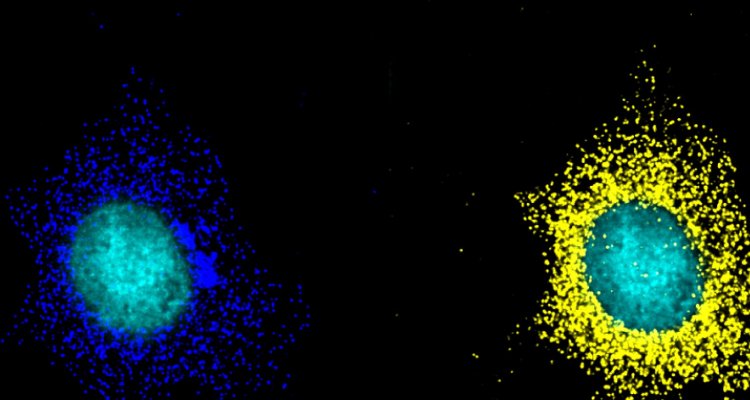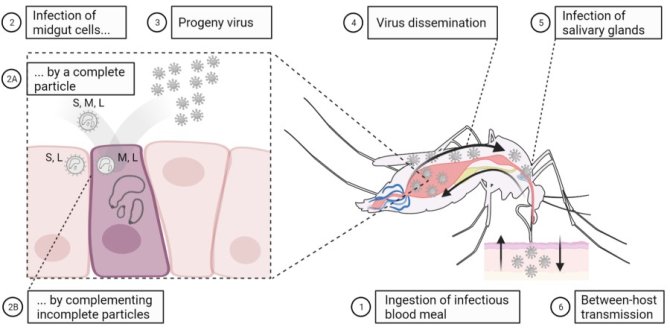
News
Incomplete bunyavirus particles can collectively contribute to virus spread
Incomplete bunyavirus particles are abundantly produced during infection, but lack part of the viral genome and are unable to spread on their own. A study led by Wageningen Bioveterinary Research (WBVR, part of Wageningen University & Research) revealed a potential role of so called incomplete particles in the life cycle of bunyaviruses. Instead of being a waste product of the virus life cycle, it was shown that incomplete particles can cooperatively reconstitute a complete viral genome and thus support bunyavirus infection and spread.
Bunyaviruses are causative agents of severe disease and represent a serious threat to plant, animal and human health. This large group of diverse RNA viruses are transmitted by vectors, like mosquitoes, ticks, midges and flies. The latent risk of an outbreak has increased due to the current climate crisis, globalization and growing population of animals and humans.
Cooperative way of life
Rift Valley fever virus (RVFV) is a bunyavirus with a genome divided over three segments (named S,M and L). The presence of the SML trio inside virus particles was generally thought to be crucial, as each genome segment plays its part and is required for virus replication and generation of infectious progeny. RVFV however does not seem to have a quality control check during its replication cycle to guarantee the production of complete particles. Instead, this virus generates a majority of incomplete particles lacking one or more genome segments.

In collaboration with scientists at Wageningen University & Research (WUR) and The Netherlands Institute of Ecology (NIOO), researchers at WBVR studied whether cells exposed exclusively to virus populations of incomplete particles could be productively infected. Fluorescence microscopy analysis revealed that multiple incomplete particles with distinct viral genome composition can co‑infect individual cells and cooperatively deliver a complete SML trio. The reconstitution of the complete genome then leads to efficient virus replication and spread. The genomic complementation between incomplete particles was observed both in vitro in cell culture, as well as in vivo in the mosquito vector. These findings suggest that incomplete particles may play a significant role in the spread and transmission of bunyaviruses.
“Expanding our fundamental knowledge on (re-)emerging viruses is essential for developing novel vaccines and antivirals as countermeasures in the event of an outbreak”, says researcher Erick Bermúdez Méndez, lead author of the scientific article published in PLOS Biology.